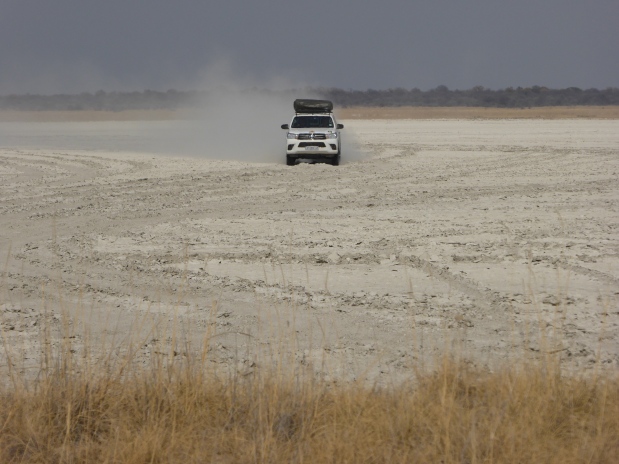
Kruger National Park is one of the largest game reserves in Africa. It covers an area of 19,633 square kilometres (7,580 sq mi) in the provinces of Limpopo and Mpumalanga in northeastern South Africa, and extends 360 kilometres (220 mi) from north to south and 65 kilometres (40 mi) from east to west. The administrative headquarters are inSkukuza. Areas of the park were first protected by the government of the South African Republic in 1898, and it became South Africa’s first national park in 1926.
To the west and south of the Kruger National Park are the two South African provinces of Limpopo and Mpumalanga. In the north is Zimbabwe, and to the east is Mozambique. It is now part of the Great Limpopo Transfrontier Park, a peace park that links Kruger National Park with the Gonarezhou National Park in Zimbabwe, and with the Limpopo National Park in Mozambique.
The park is part of the Kruger to Canyons Biosphere an area designated by the United Nations Educational, Scientific and Cultural Organization (UNESCO) as an International Man and Biosphere Reserve (the “Biosphere”).
The park has nine main gates allowing entrance to the different camps.
Sabi Game Reserve (1898 – 1926)
In 1895, Jakob Louis van Wyk introduced in the Volksraad of the old South African Republic, a motion to create the game reserve which would become the Kruger National Park. That motion, introduced together with another Volksraad member by the name of R. K. Loveday, and accepted for discussion in September 1895 by a majority of one vote, resulted in the proclamation by Paul Kruger president of the Transvaal Republic, on 26 March 1898, of a “Government Wildlife Park.” This park would later be known as the Sabi Game Reserve and was expanded into the Kruger National Park in 1926.
The park was initially created to control hunting and protect the diminished number of animals in the park.
James Stevenson Hamilton became the first warden of the reserve in 1902. The reserve was located in the southern one-third of the modern park. Shingwedzi Reserve, named after the Shingwedzi River and now in northern Kruger National Park, was proclaimed in 1903. In 1926, Sabie Game Reserve, the adjacent Shingwedzi Game Reserve, and farms were combined to create Kruger National Park.
During 1923, the first large groups of tourists started visiting the Sabie Game Reserve, but only as part of the South African Railways’ popular “Round in Nine” tours. The tourist trains used the Selati railway line between Komatipoort on the Mozambican border and Tzaneen in Limpopo Province. The tour included an overnight stop at Sabie Bridge (now Skukuza) and a short walk, escorted by armed rangers, into the bush. It soon became a highlight of the tour and it gave valuable support for the campaign to proclaim the Sabie Game Reserve as a national park.
1926 – 1946
After the proclamation of the Kruger National Park in 1926, the first three tourist cars entered the park in 1927, jumping to 180 cars in 1928 and 850 cars in 1929.
Warden James Stevenson-Hamilton retired on 30 April 1946, after 44 years as warden of the Kruger Park and its predecessor, the Sabi Game Reserve.
1946 – 1994
Plaque in the park. Now and then people do get killed, however this is extremely rare.
He was replaced by Colonel J. A. B. Sandenbergh of the South African Air Force. During 1959, work commenced to completely fence the park boundaries. Work started on the southern boundary along the Crocodile River and in 1960 the western and northern boundaries were fenced, followed by the eastern boundary with Mozambique. The purpose of the fence was to curb the spread of diseases, facilitate border patrolling and inhibit the movement of poachers.
The Makuleke area in the northern part of the park was forcibly taken from the Makuleke people by the government in 1969 and about 1500 of them were relocated to land to the South so that their original tribal areas could be integrated into the greater Kruger National Park.
1994 – present
In 1996 the Makuleke tribe submitted a land claim for 19,842 hectares (198.42 km2) in the northern part of the Kruger National Park. The land was given back to the Makuleke people, however, they chose not to resettle on the land but to engage with the private sector to invest in tourism, thus resulting in the building of several game lodges.
In 2002, Kruger National Park, Gonarezhou National Park in Zimbabwe, and Limpopo National Park in Mozambique were incorporated into a peace park, the Great Limpopo Transfrontier Park.



















